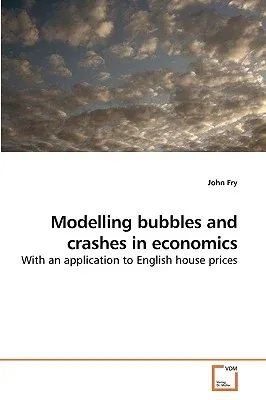John Fry
(Author)Modelling bubbles and crashes in economicsPaperback, 30 March 2010

Qty
1
Turbo
Ships in 2 - 3 days
In Stock
Free Delivery
Cash on Delivery
15 Days
Free Returns
Secure Checkout
Print Length
68 pages
Language
English
Publisher
VDM Verlag
Date Published
30 Mar 2010
ISBN-10
3639228715
ISBN-13
9783639228717
Description
Product Details
Author:
Book Format:
Paperback
Country of Origin:
US
Date Published:
30 March 2010
Dimensions:
22.86 x
15.24 x
0.41 cm
ISBN-10:
3639228715
ISBN-13:
9783639228717
Language:
English
Location:
Saarbrucken
Pages:
68
Publisher:
Weight:
113.4 gm

